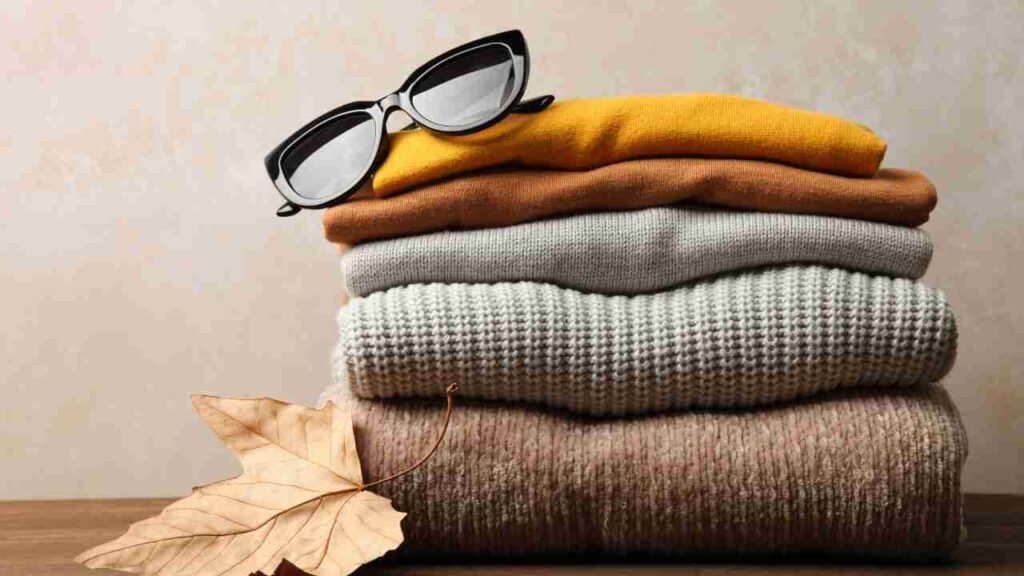
Are you tired of constantly battling with stubborn stains on your beloved e-cloths? Whether you’re a cleaning enthusiast or simply want to keep your e-cloths in pristine condition, maintaining a stain-free surface is essential.
E-cloths have gained immense popularity recently for their eco-friendly and effective cleaning capabilities. However, like any other cloth, they are not impervious to stains.
In this article, we’ll provide a complete guide on keeping your e-cloths stain-free. From understanding the unique properties of e-cloth material to treating common stains and implementing preventive measures, we’ve got you covered. By the end of this read, you’ll have the knowledge and tips to ensure that your e-cloths stay spotless, allowing you to clean confidently and achieve sparkling results. Let’s dive in!
E-cloth Material and Stain Resistance:
When it comes to keeping your e-cloths stain-free, it’s crucial to first understand their material and how they resist stains. E-cloths are specially designed with microfiber technology, which sets them apart from traditional cleaning cloths.
Microfiber is a synthetic material with incredibly fine fibers, typically finer than a human hair. These microscopic fibers create a large surface area, enhancing the cloth’s cleaning ability. When it comes to stain resistance, microfiber has a distinct advantage. The fine fibers are tightly woven, creating a dense structure that makes it more difficult for stains to penetrate the fabric.
Furthermore, e-cloths are often treated with a specialized coating that provides additional stain resistance. This coating helps repel liquids and prevents them from seeping into the cloth, making it easier to remove stains during the cleaning process. It’s important to note that while e-cloths have excellent stain-resistance properties, they are not completely immune to all stains.
3 Steps to Keeping Your e-cloths Stain-Free
- Initial Washing and Preparation: Before using your new e-cloths, it’s crucial to give them an initial wash. This helps remove any manufacturing residues and prepares the fibers for optimal cleaning. Simply toss them in the washing machine with a small amount of mild detergent and wash them on a gentle cycle. Avoid fabric softeners or bleach as they can diminish the cloth’s effectiveness.
- Proper Storage to Prevent Contamination: Store your e-cloths in a clean and dry location to prevent contamination. Avoid placing them near dirty surfaces or chemicals that could transfer stains onto the cloth. Consider using a designated storage area or a sealed container to protect them until their next use.
- Identifying Suitable Cleaning Solutions: One of the advantages of e-cloths is that they often require only water for most cleaning tasks. However, there may be instances where a cleaning solution is necessary. When using a cleaning product, choose one compatible with microfiber materials and free from harsh chemicals or bleaches that can damage or stain the cloth. Always follow the manufacturer’s instructions for the e-cloths and the cleaning solution.
I’ve got more info on laundering e-cloths (or Norwex) here: When and How to Launder your e-cloths
If you’ve got stinky e-cloth or Norwex cloths, give this a try.
If you’re e-cloths are “crunchy”, check this out.
Treating Common Stains on e-cloths:
Even with the best precautions, it’s inevitable that your e-cloths may encounter some stubborn stains during their use. Don’t worry, though! Here are effective techniques for treating common stains and restoring your e-cloths to their stain-free glory:
1. Food and Beverage Stains:
- Coffee and Tea Stains: Blot the stained area with a clean, damp e-cloth to absorb as much liquid as possible. Then, mix a solution of warm water and mild dish soap. Gently rub the stained area with the solution using circular motions. Rinse thoroughly and allow the cloth to air dry.
- Grease and Oil Stains: Apply a small amount of dishwashing liquid directly to the stain and gently work it into the fabric. Let it sit for a few minutes to break down the grease. Rinse the cloth with warm water and launder it as usual.
2. Makeup and Cosmetic Stains:
If you come across makeup or cosmetic stains on your e-cloths, pretreat the area by dabbing a bit of makeup remover or rubbing alcohol onto the stain. Blot the stain gently and repeat as needed. Then, wash the cloth in the washing machine with mild detergent and air dry.
3. Ink and Dye Stains:
Ink stains can be particularly challenging. Blotting the stain with a clean, dry e-cloth to absorb excess ink. Then, apply a small amount of rubbing alcohol to a clean cloth and gently dab the stained area. Rinse with warm water and wash the e-cloth as usual.
Tips and Tricks for Stain Prevention:
Prevention is key when it comes to keeping your e-cloths stain-free. By implementing these tips and tricks, you can minimize the chances of stains occurring and prolong the pristine condition of your e-cloths:
- Using e-cloths for Specific Tasks: Assign specific e-cloths for different cleaning tasks to prevent cross-contamination. For example, use one cloth exclusively for kitchen surfaces, another for bathroom cleaning, and a separate cloth for dusting. This practice reduces the risk of transferring stains from one area to another.
- Protective Measures during Cleaning: When handling potentially staining substances like red wine, food dyes, or markers, consider wearing gloves or using barrier protection, such as plastic wrap, to protect your e-cloths. This additional layer can prevent direct contact between the stain-causing agent and the cloth.
- Promptly Addressing Spills and Stains: Act swiftly when spills or accidents occur. Blot liquid spills with a clean e-cloth immediately to absorb as much as possible. For solid stains, gently scrape off excess material before treating the area. The sooner you address the stain, the easier it will be to remove.
- Regular Washing and Maintenance: Establish a regular cleaning routine for your e-cloths. Launder them in the washing machine after each use or as needed, following the manufacturer’s instructions. Avoid fabric softeners, which reduce the cloth’s effectiveness and stain resistance. Air drying is typically recommended to maintain the integrity of the fibers.
- Recognizing Signs of Wear and Tear: Watch for signs of wear and tear on your e-cloths. Over time, the microfibers may become less effective at trapping dirt and stains. It may be time to replace the cloth if you notice fraying edges, diminished absorbency, or decreased cleaning performance.
Conclusion:
In conclusion, by understanding the material and stain resistance capabilities of e-cloths, preparing them properly, treating common stains promptly, and implementing stain prevention techniques, you can keep your e-cloths stain-free and in excellent condition for a long time. These simple yet effective strategies will help you maximize the performance of your e-cloths and ensure sparkling clean results with every use.
Remember, regular cleaning and maintenance and proactive stain prevention measures are key to preserving the stain resistance and longevity of your e-cloths. By taking care of your e-cloths, you maintain their pristine appearance and optimize their cleaning power, making your cleaning tasks more efficient and eco-friendly.
